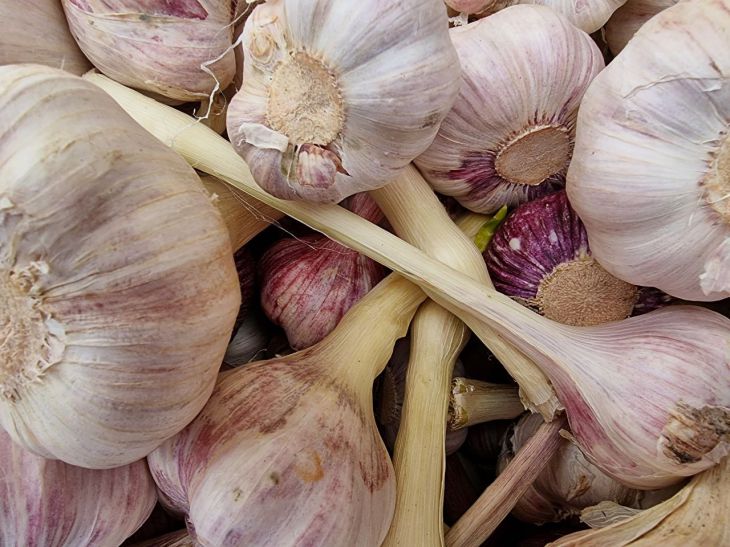Garlic should have a very strong aroma.
If the taste of the grown vegetable can hardly be called spicy, then the gardener clearly made some mistake.
It is also desirable that the garlic be large. Any gardener will be upset if there is no such result.
How do you grow garlic so huge that it's the size of a fist?
It is enough to take into account the five nuances listed below, and the harvest of this spicy vegetable will please you with its high quality.

Landing place
The garlic yield is unlikely to be high if the gardener makes a mistake when choosing a place to plant the crop.
First, you need to remember about crop rotation. You can't plant garlic where this plant was already grown last season. The soil will again become suitable for planting this crop only after 4 years.
Secondly, you should make sure that the soil is not acidic. The pH of the soil cover should be close to neutral.
Correct fit
The planting material must be positioned so that it is not too deep.
The depth indicator should not exceed four centimeters.
Combating bolting
It is bad if so-called “arrows” - flower-bearing shoots - appear on the garlic.
They should be removed. Otherwise, this part of the garden crop will “take away” nutrients from the garlic cloves.
Top dressing
Of course, we must not forget about timely replenishment of the deficiency of components important for the plant.
First of all, garlic needs nitrogen. Therefore, it is impossible to do without nitrogen fertilizers.
Soil cultivation
The soil in which garlic grows requires periodic cultivation.
So, the soil cover needs to be loosened. And at the same time, weeds need to be removed manually.
Then the garden crop will be provided with all the conditions for full growth and development.








